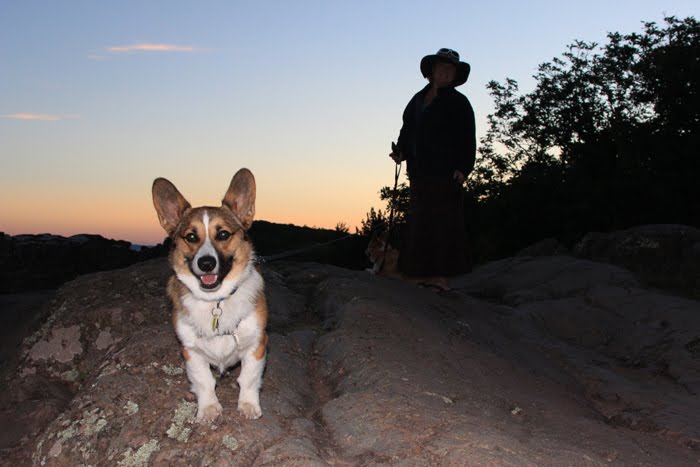




Anish Kapoor unleashes whale-like monster on Paris by Vicky Buffery
PARIS | PARIS (Reuters Life!) - Entering Anish Kapoor's latest sculpture through a dark, windowless revolving door, visitors experience a momentary blackout before emerging into a womb-like cavity -- warm, oppressive and bathed in red light. This is "Leviathan" at Paris's Grand Palais, the Mumbai-born British sculptor's first work in France for 30 years, to be unveiled to the public on Wednesday, and an experience one can only imagine is like being swallowed by a whale.
Famed for his critically acclaimed Cloud Gate in Chicago and Sky Mirror in New York, Kapoor is the fourth artist to be invited by the Grand Palais to create the annual Monumenta exhibition in its vast, glass-roofed central nave.
Previous exhibitors at the historic Art Nouveau building, erected for the 1900 World Fair, were Christian Boltanski in 2010, Richard Serra in 2008 and Anselm Kiefer in 2007.
"It's fabulous. It's a challenging space and that's the main motivation for me," Kapoor told Reuters on the sidelines of a preview of the exhibition.
In an interview with British media earlier on Tuesday, Kapoor dedicated his installation to artist Ai Weiwei, calling Ai's arrest and detention by Chinese authorities "barbaric" and urging museums and galleries to close for a day in protest.
Ai, an outspoken critic of China's human rights record, has not been heard of since he was detained at Beijing airport on April 3.
"This takes us back to a Soviet-style time when the voice of artists was seen as dangerous," Kapoor told the BBC.
ARCHAIC FORCE
Inside Leviathan, the viewer is invited to take part in a physical and mental experience, a sensory immersion in a translucent membrane designed to interact with the architecture of the building in which it is housed.
The red glow is created by daylight flooding from the nave's glass roof and through the sculpture's tent-like walls, and its intensity, as well as the temperature in the cavity, vary as clouds pass over the sun.
From the outside, however, Leviathan offers a completely different experience, a feeling of awe at the overwhelming scale of the bulbous, rubber-like installation, which stands 35 metres (yards) high and fills the entire 35,000 sq metres (376,700 sq ft) of the nave.
"For me, this huge archaic force is linked to darkness. It is a monster burdened with its corpse, which stands guard over some forgotten regions of our conscience," Kapoor explains.
Perhaps reminiscent of the intimate, womb-like interior, however, there is still something faintly erotic about the outside of the sculpture and it is hard to shake off the feeling one is looking at a giant, three-balled massage device, rather than a mythical sea-monster.
But as Kapoor says in a blurb on his work:
"I think there is no such thing as an innocent viewer. All viewing, all looking comes with complications, comes with previous histories, a more or less real past."
(Reporting by Vicky Buffery; editing by Paul Casciato)
Leviathan is 35 metres high and comprised of tautly-stretched PVC over a giant metal frame and is the highlight of the exhibition which opens tomorrow and runs until June 23.People can walk around it and inside it.
Kapoor said: 'My ambition is to create a space within a space, responding to the great height and light of the nave of the Grand Palais.
'People will be invited to enter the artwork to immerse themselves in its colour and it will be I hope a contemplative, poetic experience.'
































